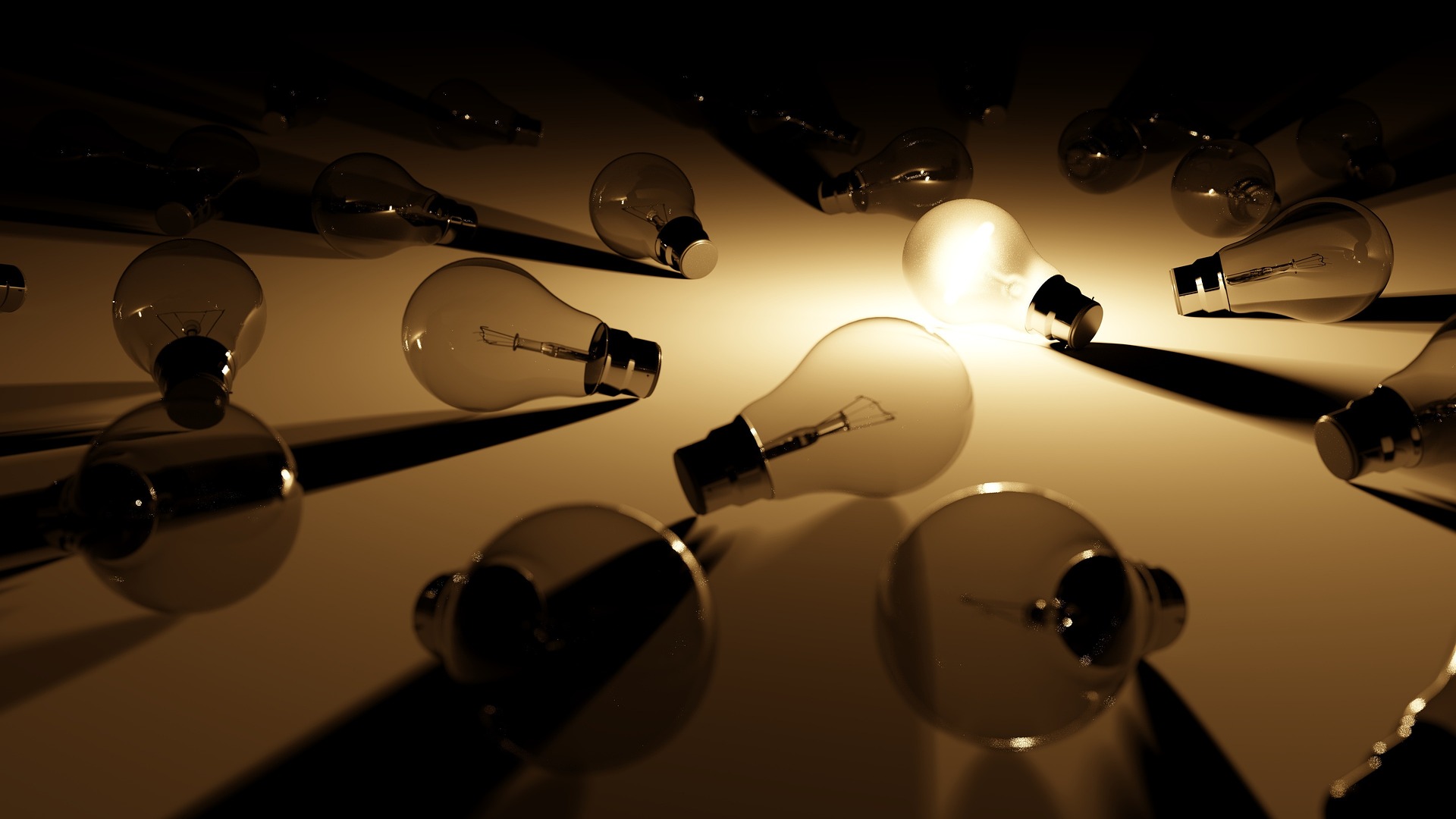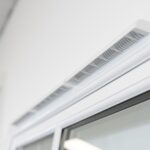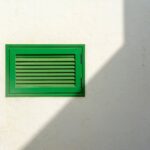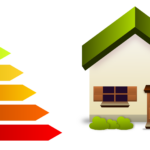In EEM, Energy Efficiency Measures by Robert Wheeler / 12 December 2023 / 0 comments

In a world where energy conservation and sustainability are increasingly important, the choice of lighting technology plays a significant role. As traditional incandescent bulbs are being phased out due to their inefficiency, it becomes crucial to explore energy-efficient lighting options that not only reduce energy consumption but also contribute to long-term cost savings.
This blog post delves into the various lighting technologies available in the market, highlighting the pros and cons of each, and aims to identify the most energy-efficient lighting option for environmentally conscious consumers.
Introduction: Exploring the need for energy-efficient lighting options
The importance of energy efficiency in lighting
Picture this: you’re sitting in your cosy living room, savouring a well-deserved moment of relaxation. Your favourite book is within arm’s reach, and a warm, inviting light bathes the room. Ah, the joys of good lighting! But have you ever stopped to think about the impact your lighting choices have on the environment and your wallet?
In a world where energy consumption is a hot topic, finding energy-efficient lighting options is more important than ever. Not only can these options save you a pretty penny on your electricity bill, but they can also help reduce greenhouse gas emissions and the overall strain on our energy resources. So, let’s dive in and explore the different lighting technologies available and discover the most energy-efficient option for you.
Traditional Lighting Technologies: A brief overview of incandescent and halogen bulbs
Incandescent bulbs: Understanding the basics
We’ve all grown up with incandescent bulbs, those classic icons of radiant warmth and inefficiency. These bulbs work by passing an electric current through a filament, causing it to heat up and emit light. While they do provide a warm and cosy glow, they are also big energy guzzlers. In fact, a significant portion of the energy consumed by incandescent bulbs is wasted as heat, leaving you with higher electricity bills and a contribution to global warming.
Halogen bulbs: How they differ from incandescent bulbs
Enter halogen bulbs, the brighter but slightly more efficient cousins of incandescent bulbs. They operate on a similar principle but use a smaller, tungsten filament enclosed in a small quartz capsule filled with halogen gas. This clever design allows them to produce a brighter light while using less electricity. However, compared to other lighting options, halogen bulbs still fall short in terms of energy efficiency and lifespan.
Compact Fluorescent Lamps (CFLs): Understanding the pros and cons of CFL lighting
What are CFLs and how do they work?
Let’s now turn our attention to CFLs, which are a popular alternative to traditional bulbs. CFLs use an entirely different technology called fluorescent lighting. Instead of a filament, they employ a gas-filled tube that emits ultraviolet light when energized. This light then interacts with a phosphor coating inside the tube, producing visible light.
Advantages of CFLs
CFLs offer several advantages, including significant energy savings. They use around 75% less energy than incandescent bulbs and can last up to ten times longer. They also come in a variety of shapes and sizes, making them suitable for different fixtures and spaces.
Drawbacks of CFLs and potential concerns
However, CFLs are not without their drawbacks. Some people find the initial warm-up period and the quality of light produced by CFLs to be less desirable compared to incandescent bulbs. Additionally, CFLs contain a small amount of mercury, which poses a potential environmental hazard if not disposed of properly.
Light Emitting Diodes (LEDs): Exploring the benefits and drawbacks of LED lighting
The basics of LEDs and their operation
Last but certainly not least, let’s shed some light on LEDs, the superheroes of energy-efficient lighting. LEDs operate by passing an electric current through a semiconductor material, which emits light. This process is much more efficient than the filament or gas-based technologies used in other bulbs.
Advantages of LED lighting
LEDs boast an array of benefits, including incredible energy efficiency, long lifespan, and versatility in terms of colour options and dimming capabilities. They can save you up to a whopping 80% on your lighting energy consumption compared to incandescent bulbs. Plus, they are durable and resistant to shocks, making them a reliable lighting solution for various applications.
Limitations and challenges of LEDs
Of course, LEDs are not without their limitations. The initial upfront cost of LED bulbs can be higher than other options, although their long lifespan and energy savings offset this over time. Additionally, achieving the perfect colour temperature and light distribution can be a challenge, but advancements in technology are constantly improving these aspects.
So, when it comes to energy-efficient lighting options, the clear winner is LED lighting. With their outstanding energy savings and impressive lifespan, LEDs not only make a positive impact on the environment but also help you save money in the long run. So, why not let those LEDs shine bright and light up your life?
Energy Efficiency Comparison: Analyzing the energy consumption and cost-effectiveness of different lighting options
Understanding energy efficiency metrics
Let’s dive into the mind-boggling world of energy efficiency metrics. Don’t worry, it’s not as complicated as it sounds. When it comes to lighting, two key metrics you need to know are lumens and watts. Lumens measure the amount of light emitted by a bulb, while watts indicate the amount of energy it consumes. The higher the lumens and the lower the watts, the more energy-efficient the lighting option.
Comparing the energy efficiency of various lighting technologies
Now that we’ve got the metrics down, let’s compare the energy efficiency of different lighting technologies. Traditional incandescent bulbs, bless their soul, have been around forever but are notorious energy hogs. They waste a ton of energy as heat, and their efficiency is abysmal. So, it’s time to bid them adieu and explore more efficient alternatives like LEDs (Light-Emitting Diodes) and CFLs (Compact Fluorescent Lamps). These options are both energy-efficient and have long lifespans, not to mention they come in a variety of shapes and sizes to suit your every lighting need.
Cost-effectiveness analysis: Initial investment vs. long-term savings
We all know that saving money is like finding a forgotten ten-dollar bill in your jeans pocket. So, let’s talk about the cost-effectiveness of different lighting options. While LEDs may have a slightly higher upfront cost compared to other options, they make up for it by being incredibly energy-efficient and long-lasting. Over time, the savings on your electricity bill can be significant, not to mention the hassle of constantly replacing bulbs will become a distant memory. Consider it an investment in both your wallet and your sanity.
Environmental Impact: Discussing the environmental implications of various lighting technologies
Energy consumption and carbon emissions
Ah, Mother Earth. It’s always important to consider the impact our choices have on the environment. When it comes to lighting, energy consumption and carbon emissions play a big role. Traditional incandescent bulbs, as lovable as they may be, are major energy guzzlers and contribute to greenhouse gas emissions. LEDs and CFLs, on the other hand, are like eco-warriors in the lighting world. They consume significantly less energy and can help reduce our carbon footprint. Kudos, energy-efficient lighting!
Disposal considerations and hazardous materials
Now let’s talk about the less glamorous side of lighting: disposal. Lighting options like incandescent bulbs contain hazardous substances like mercury. Yikes! That means they require special disposal methods to prevent harm to the environment. On the bright side (pun intended), LEDs and CFLs contain much lower amounts of hazardous materials and are generally considered safer for disposal. So, not only are they energy-efficient, but they also give you peace of mind when it comes to being kind to the planet.
Factors to Consider: Factors to consider when choosing an energy-efficient lighting option
Lighting requirements and functionality
Before you go all-out on energy-efficient lighting, don’t forget to consider your lighting requirements and functionality. Different spaces have different lighting needs, whether it’s bright task lighting for your home office or cosy ambient lighting for your bedroom. Make sure the lighting option you choose ticks all the boxes and suits the mood and purpose of the space.
Lifespan and durability
Nobody likes a light bulb that burns out faster than a firecracker. So, durability and lifespan are crucial factors to consider. LEDs and CFLs, being the superstars they are, boast a longer lifespan compared to traditional incandescent bulbs. This means fewer replacements and more time to do the things you love, like binge-watching your favourite shows or learning how to bake sourdough bread.
Initial cost and long-term savings
We can’t escape the topic of money. Initial cost and long-term savings are definitely factors to keep in mind. While energy-efficient lighting options like LEDs may have a slightly higher price tag at the start, their long-term savings on your electricity bill are something to celebrate. So, crunch those numbers and find the sweet spot between your budget and future savings.
Compatibility
Last but not least, compatibility is key. Make sure the lighting option you choose is compatible with your existing fixtures and dimmers. Nobody wants to end up with a fancy new bulb that doesn’t fit or work with the rest of your lighting setup. So, double-check those compatibility specs and avoid any unnecessary lighting-induced headaches.
Conclusion
There you have it, folks! The lowdown on the most energy-efficient lighting options. We hope this guide has shed some light (no pun intended) on the world of energy-efficient lighting and made your decision-making process a little brighter. Now go forth, light up your life, and save energy like the eco-warrior you are!
Considering the environmental impact, energy efficiency, and overall performance, it is clear that LED lighting emerges as the most energy-efficient option. While compact fluorescent lamps (CFLs) have their advantages, such as lower initial cost, LEDs excel with longer lifespans, lower energy consumption, and decreased carbon emissions. By making the switch to LED lighting, individuals can not only reduce their energy bills but also make a positive contribution towards a more sustainable future. With continuous advancements in LED technology, the potential for even greater energy efficiency and cost-effectiveness is promising. Embracing the power of energy-efficient lighting options will undoubtedly illuminate a brighter, greener path ahead.
Energy-efficient Lighting FAQs
Initially, LED bulbs may seem more expensive compared to traditional incandescent bulbs. However, it is essential to consider the long-term cost savings. LED bulbs have a significantly longer lifespan, typically lasting up to 25 times longer than incandescent bulbs. This longevity, combined with lower energy consumption, leads to reduced electricity bills, making LED bulbs a more cost-effective choice in the long run.
CFL bulbs can be a viable alternative to LED bulbs, particularly in terms of initial cost. They are typically less expensive than LEDs. However, CFL bulbs have a shorter lifespan compared to LEDs and contain a small amount of mercury, which necessitates careful disposal. Moreover, CFL bulbs take a few moments to reach full brightness and can be less compatible with certain dimmer switches. Therefore, while CFL bulbs offer energy efficiency to some extent, LED bulbs generally provide superior performance and overall energy savings.
LED bulbs are highly energy-efficient, consuming significantly less electricity compared to traditional incandescent bulbs. This reduced energy consumption leads to lower carbon emissions, helping to mitigate the environmental impact. Additionally, LED bulbs do not contain hazardous substances like mercury, which are found in CFL bulbs. LED technology also allows for easier recycling and disposal due to the absence of such harmful materials. By choosing LED bulbs, individuals can make a positive environmental choice by reducing their carbon footprint and promoting sustainability.
Ready to discuss your regeneration project and how NXTGEN Futures Ltd can elevate it with expert retrofit? Contact us today!
Latest Energy Efficiency Posts
- What a retrofit-first approach offers the UKRetrofitting is like giving your home a makeover to make it more energy-efficient, comfortable, and healthy. The retrofit-first approach prioritizes upgrading existing buildings over new construction to tackle climate change and improve living conditions. Definition of Retrofitting Retrofitting involves making… Read more: What a retrofit-first approach offers the UK
- Retrofit and Energy Efficiency in Historic BuildingsHistoric buildings are not only architectural treasures but also valuable cultural assets that contribute to our sense of history and identity. However, many of these buildings often suffer from poor energy efficiency, leading to excessive energy consumption and high operating… Read more: Retrofit and Energy Efficiency in Historic Buildings
- What is retrofitting in construction?Retrofitting in construction is a crucial process that involves upgrading existing buildings or structures to meet modern standards of safety, energy efficiency, and functionality. This blog post explores the concept of retrofitting, its importance, various techniques used in the industry,… Read more: What is retrofitting in construction?
- What happens to a building during retrofitting?Building retrofitting is a vital process that involves making significant modifications and improvements to existing structures to enhance their efficiency, functionality, and sustainability. In this blog post, we will delve into the intricate workings of building retrofitting, exploring the various… Read more: What happens to a building during retrofitting?
- UK Government Retrofit Scheme: Making Energy Efficiency Cool AgainIntroduction to the UK Government Retrofit Scheme Background of the Retrofit Scheme Picture this: you’re sitting at home, snuggled up in your favourite blanket, enjoying a cup of tea, when suddenly you feel a draft. Not cool, right? Well, that’s… Read more: UK Government Retrofit Scheme: Making Energy Efficiency Cool Again
- What are Retrofit Trickle Vents?Improving indoor air quality and enhancing energy efficiency are key priorities for many homeowners. In this article, we will explore the concept of retrofit trickle vents and their role in achieving these goals. Trickle vents are small, adjustable openings integrated… Read more: What are Retrofit Trickle Vents?
- Retrofit Underfloor HeatingRetrofit underfloor heating has gained significant popularity as a cost-effective and efficient solution for enhancing the comfort and energy efficiency of existing buildings. Unlike traditional radiator systems, underfloor heating distributes warmth evenly across the floor, providing a comfortable and cozy… Read more: Retrofit Underfloor Heating
- What does retrofit include?Retrofitting has become a critical aspect of sustainable building practices, offering opportunities to enhance energy efficiency, improve structural integrity, and prolong the lifespan of existing structures. This blog post delves into the comprehensive process of retrofitting, from the initial assessment… Read more: What does retrofit include?
- What is the most energy efficient ventilation system?Ventilation systems play a crucial role in maintaining indoor air quality, comfort, and overall well-being in buildings. However, with the rising concern for environmental sustainability and energy conservation, the focus has shifted towards finding the most energy-efficient ventilation systems. In… Read more: What is the most energy efficient ventilation system?
- Is retrofit insulation worth it?When it comes to optimizing energy efficiency in buildings, retrofit insulation has emerged as a valuable solution. Retrofitting insulation involves upgrading or adding insulation to existing structures, offering a range of benefits such as improved energy efficiency, enhanced comfort, and… Read more: Is retrofit insulation worth it?
- Do energy efficiency measures add value to property?As the world grapples with the challenges of climate change and a growing awareness of environmental sustainability, energy efficiency has emerged as a critical consideration in various sectors, including real estate. The concept of energy efficiency, which focuses on reducing… Read more: Do energy efficiency measures add value to property?
- What is the most energy-efficient lighting option?In a world where energy conservation and sustainability are increasingly important, the choice of lighting technology plays a significant role. As traditional incandescent bulbs are being phased out due to their inefficiency, it becomes crucial to explore energy-efficient lighting options… Read more: What is the most energy-efficient lighting option?












